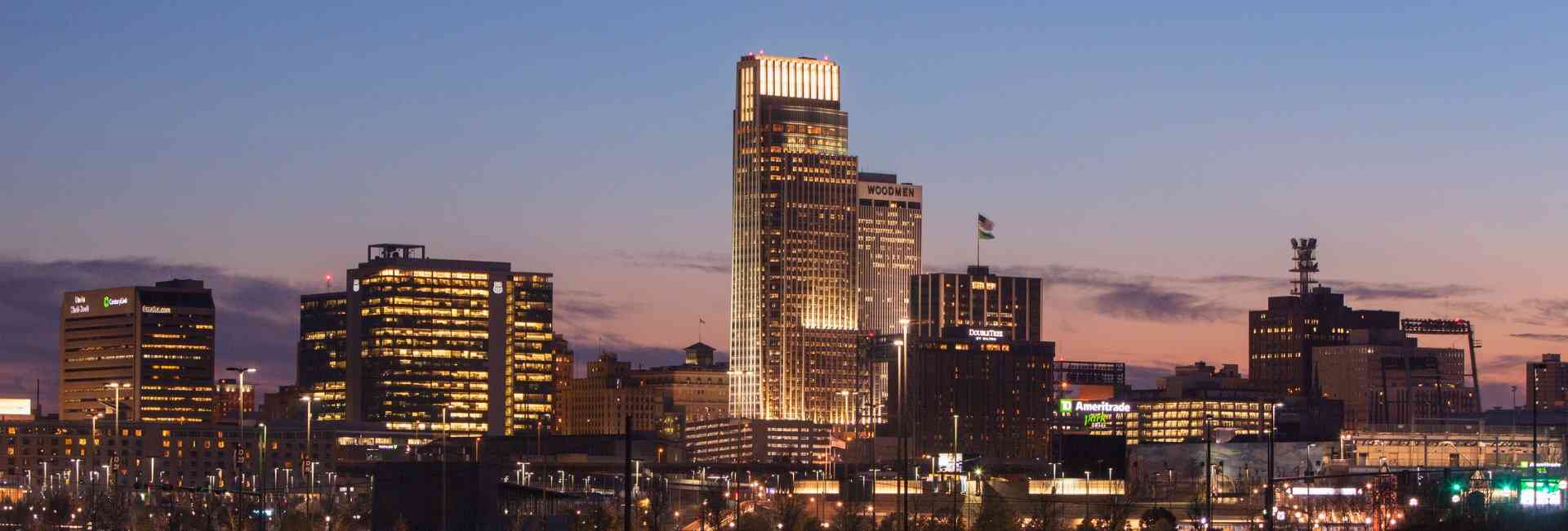UNO Study Finds Rising Rates of Poverty in Omaha
- contact: Charley Reed - University Communications
- phone: 402.554.2129
- email: cdreed@unomaha.edu

A recent report from the University of Nebraska at Omaha’s (UNO) Center for Public Affairs Research (CPAR) has found an alarming trend involving increasing rates of poverty among Omaha’s minority populations.
The report, compiled by David Drozd, head researcher for CPAR, found that the Omaha-Council Bluffs metropolitan area has had jumps in minority poverty rates over the past decade, with the highest increase in poverty coming from the area’s Hispanic population.
Among the Hispanic population in Omaha and Council Bluffs, the poverty rate in 2000 was just 16.9 percent, well below the national average of 22.6 percent. However, that percentage grew to 22 percent by 2010 and, by 2013, surpassed the national average with 25.2 percent of Hispanic families living in poverty in the metro area.
In terms of rankings, the Omaha-Council Bluffs area went from being in the top 20 of metropolitan areas for Hispanic poverty in 2000, with the 17th lowest rate, to dropping all the way to No. 41 by 2013.
In an article published by the Omaha World-Herald on Sunday, Jan. 4, Drozd and the director of UNO’s Office of Latino and Latin American Studies said that the steep rise in poverty among the Hispanic community is not only a surprise, but a cause for concern.
“It’s a sizable shift,” Drozd told the Omaha World-Herald. “Not only has it increased, it’s been a steady increase, and that trend hasn’t slowed.”
Gouveia added:
“I think it’s really important to sound this alarm. If there are not sufficient interventions to halt this downward trend, we are going to see poverty rates close to African-American poverty, and neighborhoods with pockets of violence — because that’s what happens when young people lose hope.”
To that point, Omaha’s black population has not fared much better since the 2000 Census, either.
In 2000, the Omaha-Council Bluffs metro rate of poverty for African Americans was 27.6 percent, which was above the national average of 24.9 percent. According to Drozd’s research, while the national levels of black poverty had risen to over 27 percent by 2013, so too did Omaha and Council Bluff’s rate among blacks, which rose to 31.3 percent in 2013, ranking as the 30th highest or only 71st best among the 100 most populated metro areas.
“Black poverty has been in focus in Omaha given the relatively high levels and a sizeable difference between blacks and whites,” Drozd said. “In recent years black poverty rates have remained relatively stable, while an increase has been noted among Hispanics in the Omaha metro, and thus Hispanic poverty will need to be addressed with more attention,” he concluded.
Drozd’s report can be found online at the CPAR website. The figures compiled are from the U.S. Census Bureau and the report is a value added product that can be useful for large metro areas across the country.
About the University of Nebraska at Omaha
Located in one of America’s best cities to live, work and learn, the University of Nebraska at Omaha (UNO) is Nebraska’s premier metropolitan university. With more than 15,000 students enrolled in 200-plus programs of study, UNO is recognized nationally for its online education, graduate education, military friendliness and community engagement efforts. Founded in 1908, UNO has served learners of all backgrounds for more than 100 years and is dedicated to another century of excellence both in the classroom and in the community.
Become a fan of UNO on Facebook: www.facebook.com/unomaha and follow UNO's Twitter updates at http://twitter.com/unomaha.